France does many foods exceptionally well, but certain areas offer unique and exceptional culinary experiences. We select 10 delicacies and the best regions in which to try them.
Patisseries in Paris
Of course, you can enjoy exquisitely crafted patisseries all over France, but Paris is home to many of the country’s best pâtissiers, and many of the individual gateaux have a connection to the city. As you delve into the layers of almond sponge, ganache and buttercream that form the opera cake, you may see how it was inspired by the ornate balconies of the Palais Garnier opera house; while the Paris-Brest, a wheel-shaped choux, was first made in 1910 to commemorate the famously brutal cycle race. Seek out a rum baba – a brioche-like treat soaked in rum‑infused syrup – and you might be told the story of how it was created by Nicolas Stohrer, the chef of the exiled Polish king Stanislas. The patisserie that bears his name has been at 51 rue Montorgueil since 1730 and is officially classed as a historic monument.
Among the 21st-century stars of the Parisian pastry scene are Cyril Lignac, who makes a sublime caramel eclair; Yann Couvreur, who takes the chouquette (similar to a profiterole) to the next level by filling it with vanilla cream; and Cedric Grolet, whose trompe l’oeil patisseries are as astonishing to the eye as the taste buds – they look just like the fruits and nuts of their flavours. Those with dietary requirements need not miss out either. Vegans are very well catered for at Land&Monkeys, while there is a huge range of gluten-free cakes, pastries and breads at Noglu.
Where to stay The family-run Hotel Saint-Paul Rive Gauche has doubles from €198 room-only, sawdays.co.uk
Salade niçoise in Vieux Nice
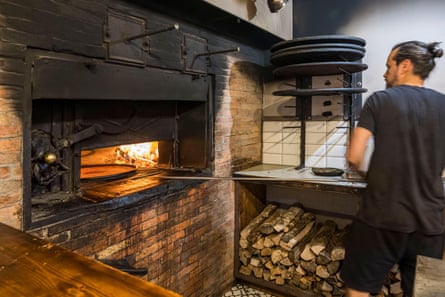
Heaven help anyone who expects to see potatoes and French beans in a salade niçoise when in Nice; the real thing contains neither (such a suggestion may be met with a “quelle horreur” from a local). There is much debate about what it should contain, however; some Niçois will only use tuna or anchovies, not both, and only canned, not fresh; others insist it should contain a certain kind of olive.
While the locals battle it out in their kitchens, you can enjoy the welcoming atmosphere in the family-run restaurants of Vieux Nice, where your only dilemma is what to order. Look out for the Cuisine Nissarde sign (it shows a woman in a straw hat with a basket of vegetables), which denotes that dishes have been made traditionally with good-quality ingredients. At Restaurant Acchiardo (mains from €17), the family are proud to tell the story of their Italian great-grandmother Madalin, who walked across the Alps in the early 20th century for a job with an aristocratic English family, and later set up the restaurant. Their salade niçoise includes rocket, basil, tomatoes, artichoke, egg, anchovies and tuna, and makes a great starter before their mains, such as beef fillet “Madalin style”, with anchovies, garlic and parsley. Another must-try dish in Nice is the chickpea-flour pancake socca, which you can buy by the slice at Chez Theresa (€3) in the Cours Saleya market, or at Chez Pipo (€3.80), and nibble it as you wander around the old town and the port.
Where to stay Hotel Windsor has doubles from €90 room-only, hotelwindsornice.com
Oysters in Bassin d’Arcachon
True fans of gourmet bivalves will know that their flavour changes depending on where they grow, which means you can have fun visiting different areas of France to savour them, whether that be Cancale in Brittany or the Étang de Thau near Montpellier. One of the most enchanting areas to try les huitres is the Bassin d’Arcachon on the coast, an hour’s drive west of Bordeaux.
On the Cap Ferret peninsula that curls around the bay, you can cycle through the pine forests and villas to oyster farmers’ villages such as L’Herbe, where you can buy direct from producers such as Chez Guillaume (half a dozen from €7). Order a platter and a glass of chilled white wine, and swig them back as you admire Europe’s tallest sand dune, the Dune de Pilat, across the water. When you’re done with the oysters, you can take a surf lesson on the Atlantic coast of Cap Ferret, where the waves crash to shore. Or in the bay, take a boat trip to the Île aux Oiseaux, where the salt marshes are home to 150 species of birds. Nearby, the Cabanes Tchanquées are two cabins on stilts that offer a perfect vantage point of the bay.
Where to stay La Maison du Bassin has doubles from €180 room-only, lamaisondubassin.com
Choucroute garnie in Strasbourg
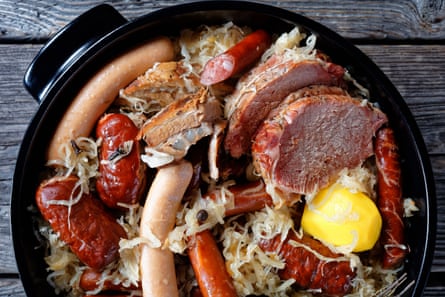
The Alsatian capital has long been a gourmet hotspot, so much so that the Büchmesser – the belly measurer – was erected opposite the cathedral in 1567 to measure the girth of the city’s enthusiastic eaters. See if you can shimmy through the narrow gap between the building and the column on the corner of rue Mercière at the start of your trip, because there’s no way you’ll fit through it by the end, especially if you indulge in the city’s signature dish, choucroute garnie. This plate of fermented cabbage topped by different cuts of pork and sausage is a staple on the menus of the city’s traditional wine taverns, or winstubs, with their gingham tablecloths, carved wooden furniture and excellent wine lists, where you can spend a good part of a day enjoying the cosy atmosphere.
Among the best is Chez Yvonne (mains from €18.50), which dates from 1873 and later became a favourite of former French president Jacques Chirac, who once invited Boris Yeltsin to dine with him there. For his choucroute, chef Serge Cutillo has carefully chosen each cut of meat from top local butchers. If you want to try a non-pork version, book a table at the ancient restaurant Maison Kammerzell (mains from €20.50), which celebrates its 600th anniversary in 2027 and looks like it comes straight out of a Grimm fairytale. Its speciality is a decadent buttery fish choucroute with halibut, salmon and smoked haddock, which makes a pleasant change from the meat feasts elsewhere, though they serve other versions with meats including confit duck leg (see the Dordogne, below).
Where to stay Okko Hotel has doubles from €76 room-only, okkohotels.com
Confit de canard in the Dordogne
Dishes using ducks and geese have been a staple in the south-west of France since the middle ages and it became particularly easy to rear the birds after maize was brought to France from the Americas and grew easily in the warm climate of the Dordogne. The best-loved dish is confit de canard, in which the legs of a duck (or goose, oie in French) are salted and then cooked and preserved in their own fat. Once reheated, the tender meat just falls off the bone. It features on menus in bistros and restaurants in the region’s villages and towns of honey-coloured stone, such as La Roque-Gageac and Tremolat, where you can find a great version at Le Bistrot de la Place (€28 as part of a three-course meal). The best thing about the dish, though, is that it is easy to take home in tins and jars ready to reheat. Look out for it in the excellent markets at Sarlat-la-Canèda (Wednesday and Saturday) and Issigeac (Sunday). You can also visit producers on their farms; at La Garrigue Haute they serve dishes featuring their carefully reared ducks and geese from early June to late September (three-course menus from €28).
Where to stay Hotel Edward Premier in the charming village of Monpazier has doubles from €97 room-only, hoteledward1er.com
Gâteau nantais in Nantes
The city of Nantes has mastered reinvention, with incredible street art installations and Les Machines de L’Île, a cultural project that includes a 12m-high mechanical elephant and ocean-inspired steampunk carousel. Yet its signature cake pays testament to its past as a shipbuilding powerhouse. The city was responsible for building thousands of ships involved in the slave trade, and gâteau nantais, the city’s signature cake, is made with ingredients from the Caribbean, such as sugar, vanilla and rum. You can find it in the city’s bakeries, including La Petite Boulangerie, where expert baker Franck Dépériers makes an excellent version.
Nantes openly acknowledges its part in the slave trade, and you can visit the Memorial of the Abolition of Slavery on the riverside at Quai de la Fosse. There is also a moving exhibition at the Château des ducs de Bretagne, which shows the brutal conditions on the ships. As the name of the chateau suggests, the city also has a historically Breton identity, so it’s a good place to tuck into buckwheat galettes and crêpes – there are good ones at both outposts of Le Loup, le Renard et la Galette (mains from €13). The city recently gained another jewel in its culinary crown when the gourmet website La Liste named it Gastronomic Destination of 2025.
Where to stay Sōzō Hotel has doubles from €124 room-only, sozohotel.fr
Source: The Guardian


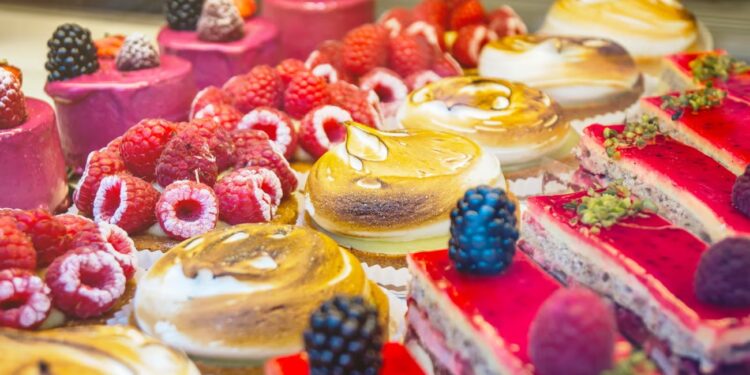
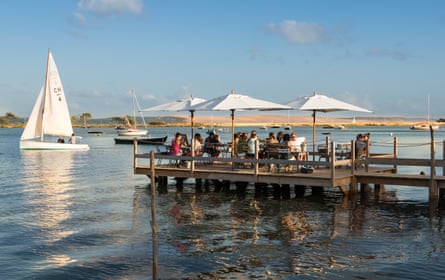
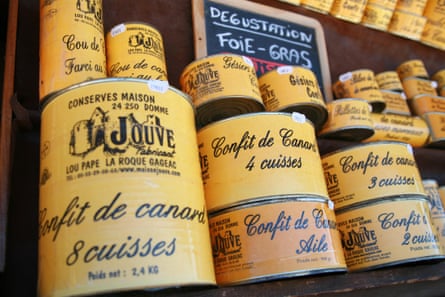
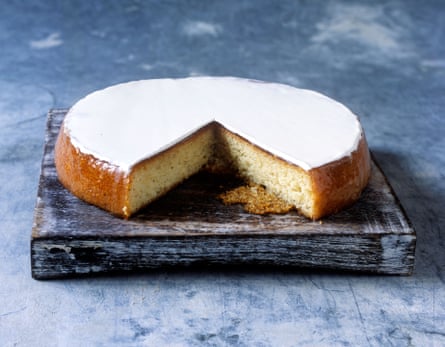
Recent Comments